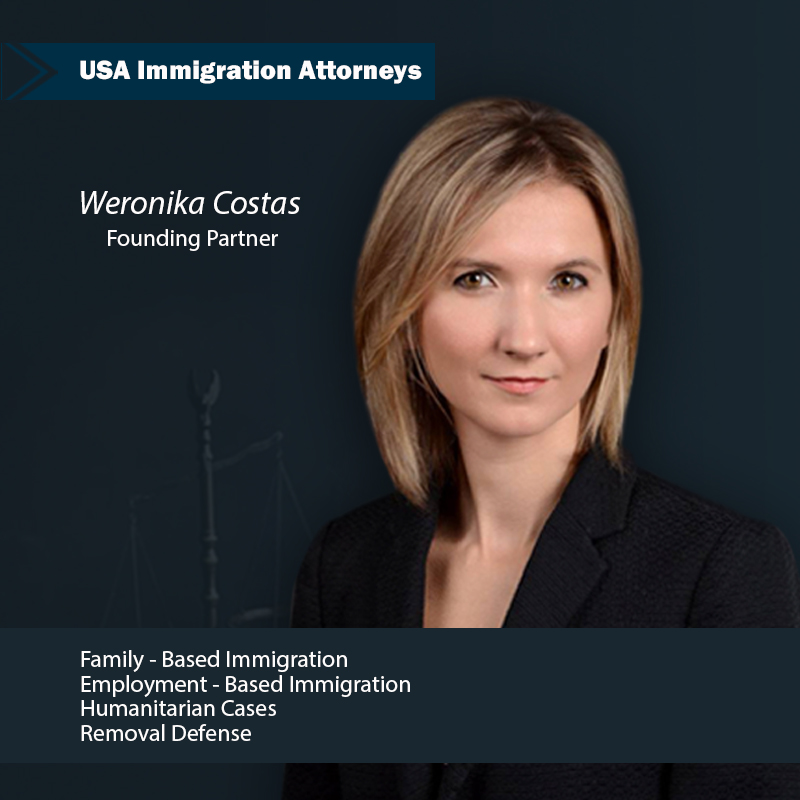If you are a U.S. citizen living in the United States with a significant other living abroad, there are two ways that you can bring that person into the United States: through a K-1 visa as a fiance or through an immigrant visa as a spouse. But what exactly is the difference between the two and which one would work best for your situation? The immigration law experts over at The Costas Network Law Center explains.
What’s the Difference?
The fiance K-1 nonimmigrant visa is the process by which a U.S. citizen petitions his or her fiance residing abroad to bring them into the United States. It requires that you and your fiance be married within 90 days upon entry and then file for an Adjustment of Status or permanent residency.
A marriage visa, on the other hand, requires that the couple already be legally married. Upon obtaining the visa at the US consulate in the immigrant’s country of residence, the immigrant can then enter the United States and automatically becomes a permanent resident or green card holder.
Which Should You Get?
If your goal is to get into the U.S. as quickly as possible, then an immigration lawyer will likely advise you to secure a fiance visa. If your goal is to get your green card as soon as possible, then applying for a marriage visa is the way to go.
To put it simply, there really is no right or wrong answer to this as it is largely a personal choice. However, before deciding on which way to go, be sure to go things over carefully with your significant other as well as your lawyer to find the best solution to your unique situation.
If you have a significant other living abroad and would like to bring him or her into the United States, then give The Costas Network Law Center a call at (216) 616-3103 or fill out our contact form to get in touch with an immigration attorney today.



